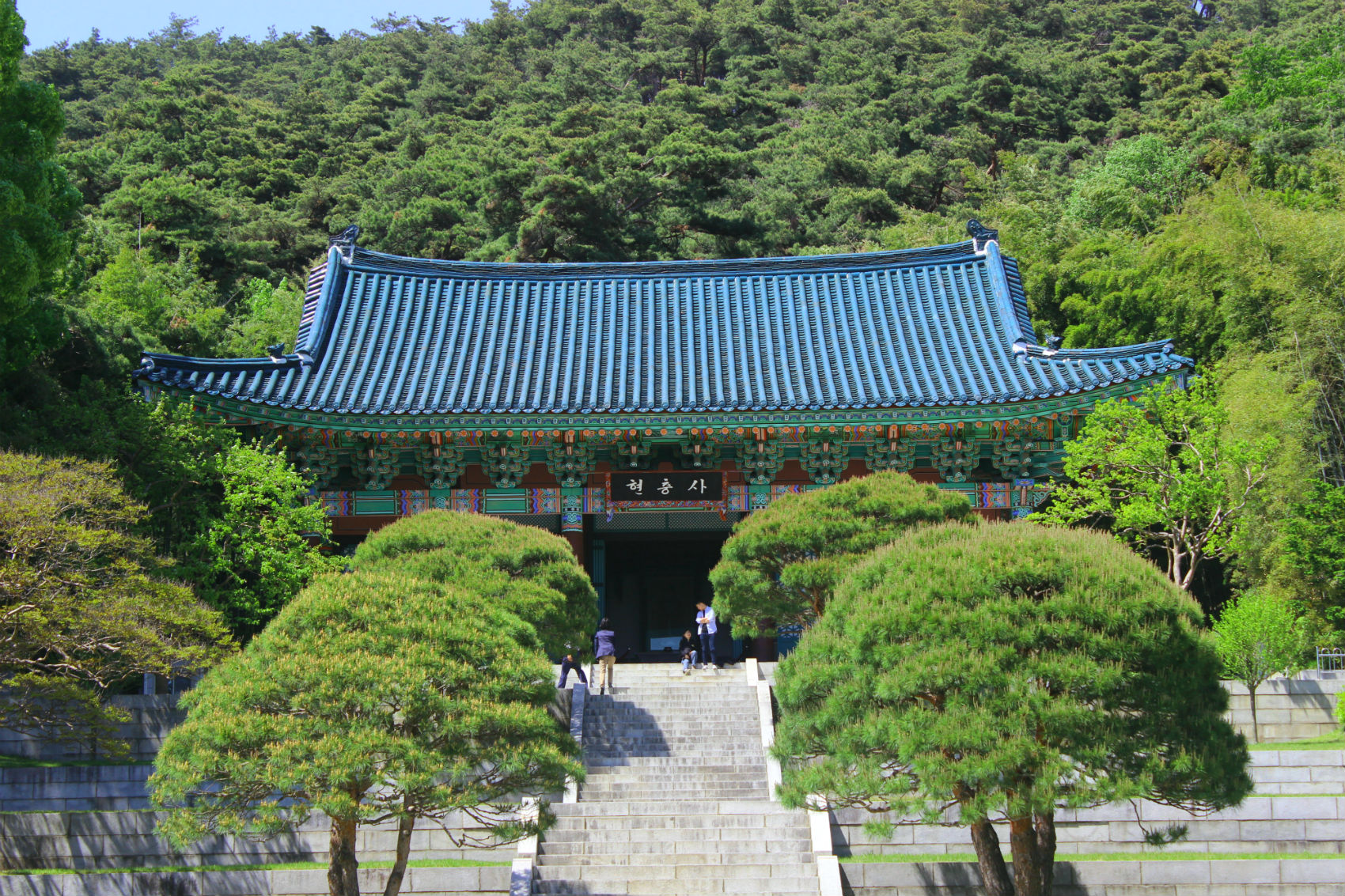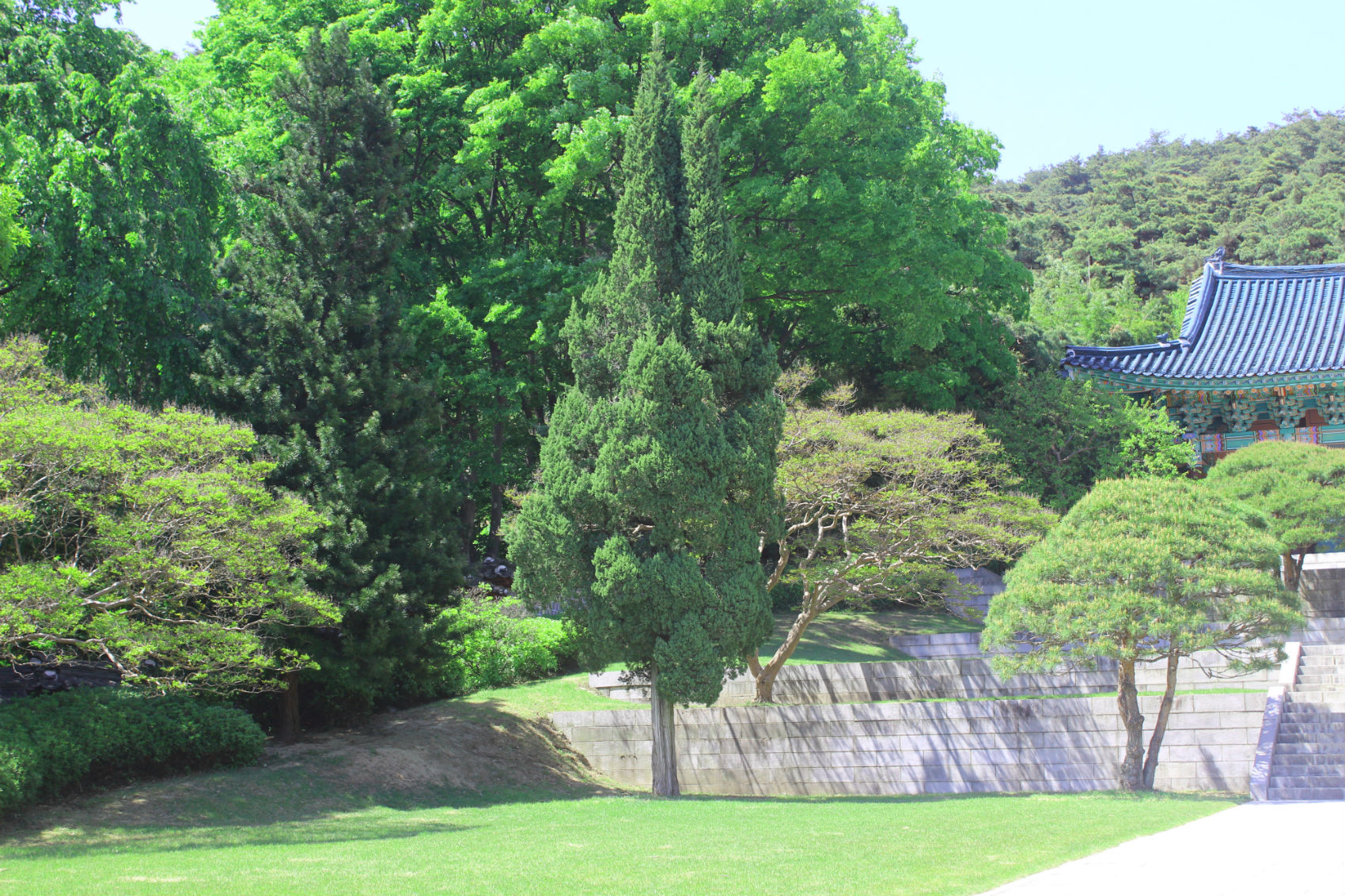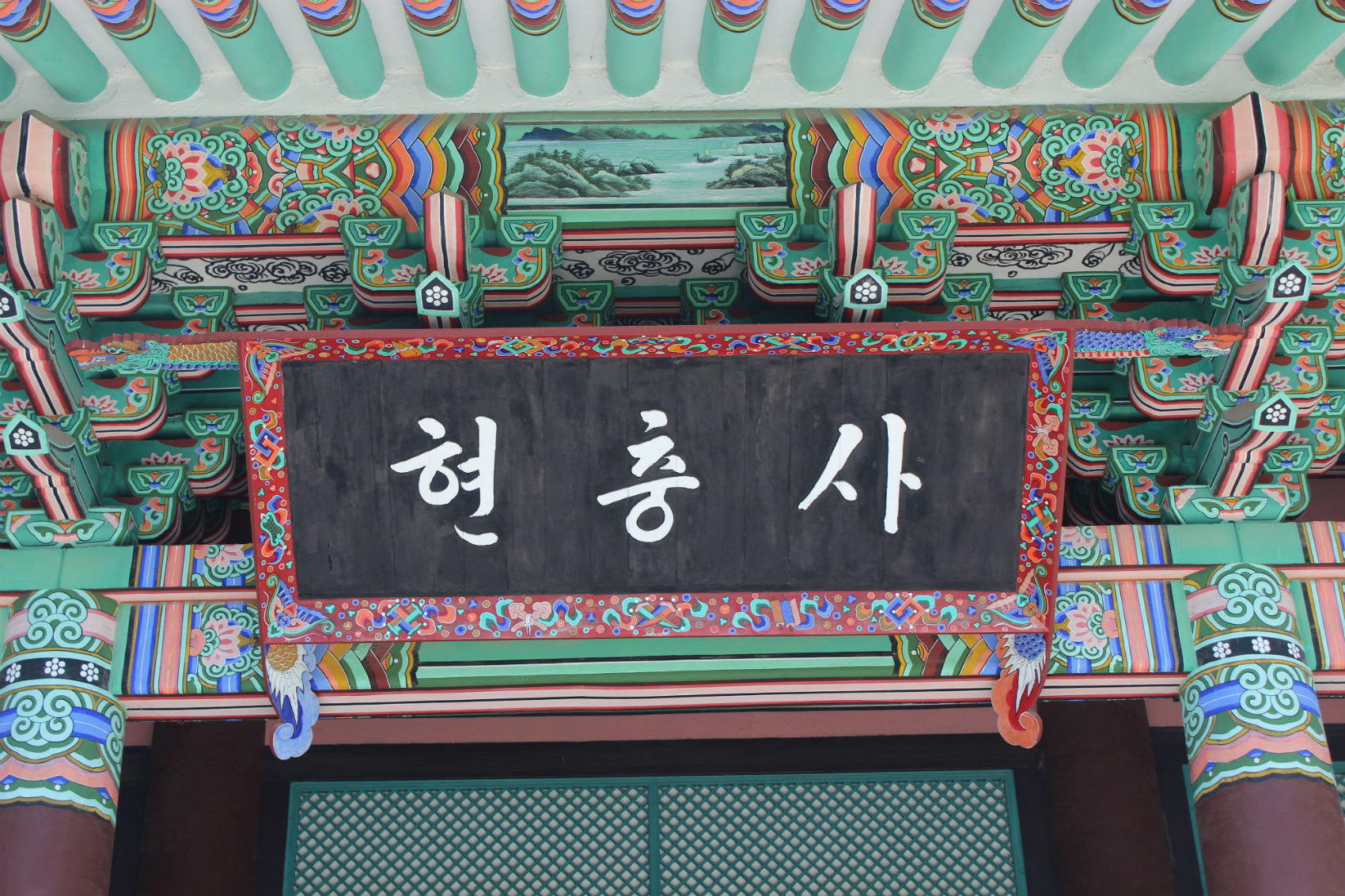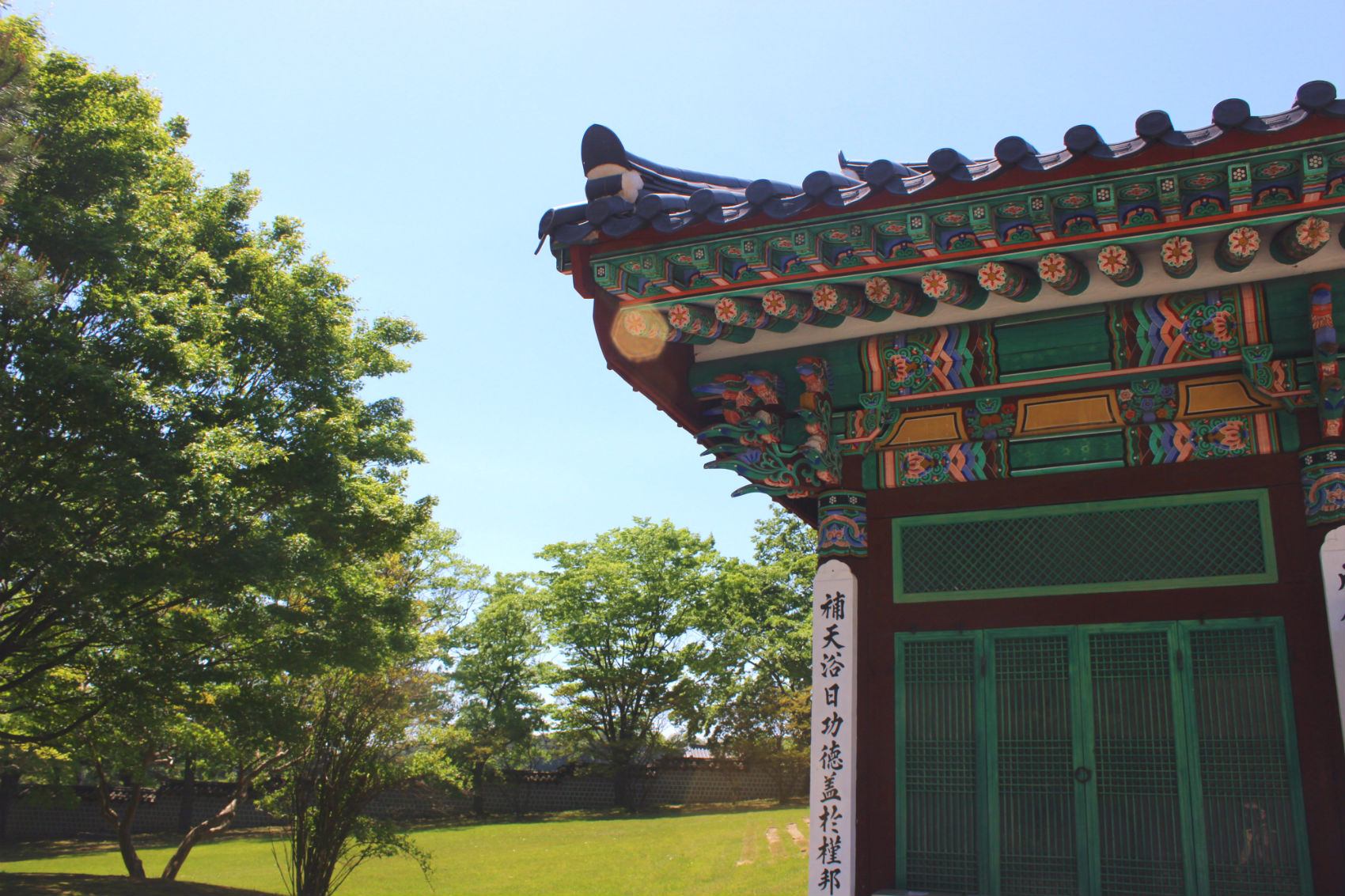In commemoration of patriotic martyrs and their fidelity

JUNE IS the month of ho guk bo hun, a Korean term that refers to the defense of one’s nation and redemption of patriotism. The term ho guk bo hun connotes the sacrifice of lives for the sake of national security and democracy. As the dates of the outbreak of the Korean War, June pro-democracy movement, and Memorial Day all happen to be in June, this month is referred to as the month of ho guk bo hun. To commemorate the souls of the fallen heroes who served as the guardian of peace and democracy of this nation, the national commemoration ceremony is annually held in the Seoul National Cemetery.
“Silent tribute for the patriotic martyrs of the country.” In the national commemoration ceremony, all attendees pay a silent tribute when this statement is addressed. Then, the incumbent president delivers a memorial address, which is followed by a recital of the dedicated poem*. The scene of people placing chrysanthemum on the tombstones of cherished martyrs comes readily to mind when thinking of the commemoration of the fallen patriots and their ho guk bo hun spirit.
This patriotic spirit that abides in the National Cemetery dates back to the pre-modern era of General Yi Sun-sin. General Yi is perhaps the most symbolic hero who had safeguarded the country against the Japanese invasion in 1592. The Hyeon-chung-sa Shrine honors the deceased General and his fellow soldiers who resisted against the 1592 Japanese invasion. In honor of the month of ho guk bo hun, the The Yonsei Annals paid a special visit to the Hyeon-chung-sa Shrine to trace back the significance of the June ho guk bo hun spirit, its relationship with the Hyeon-chung-sa Shrine, and continuous pro-Japanese controversies surrounding the shrine.

Within this shrine, the Jeong-nyeo Monument was erected to honor the life of royal subjects and to allow people to emulate the great men of history. The posterity applauds the names carved in this monument for their fidelity to the nation. As if the faithfulness of General Yi and his loyal soldiers is embodied, the tree beside the main temple of the Hyeon-chung-sa Shrine stands upright in an unflappable state. On the way to the main temple, there are trees that are barely bracing from a fall-down, which are reminiscent of the patriotic martyrs’ unwavering integrity. Having endured lightning storms time and time again, these trees appear to represent the patriotic martyrs including Admiral Yi Sun-sin, his nephew Yi Wan, and his descendants Yi Hong-mu, Yi Bong-sang, and Yi Je-bin, who have overcome the hardship of endless warfare throughout the Korean history.

The Hyeon-chung-sa Shrine is undeniably a sacred site that is brimful of the deceased patriots’ spirit. However, the pro-Japanese controversy has been staining the sanctity of this traditional site in Korea. The Korean Peninsula has gone through 35 years of Japanese colonization from 1910 to 1945. The settlement of the pro-Japanese collaborators remains as an unresolved issue and many of those who savored privileges through pro-Japanese activities continue to enjoy unequal privileges even after the liberation of Korea.
One conspicuous pro-Japanese controversy is intertwined with the portrait of General Yi and its artist. In the main temple, there is a portrait of General Yi that commemorates his meritorious deed of defending the nation. Ironically, the artist Kim Eun-ho, who drew the portrait, is proved to be accountable for pro-Japanese activities, which triggered the criticism that the artist’s past vitiates the patriotic contribution of General Yi.

Another criticism in terms of the pro-Japanese controversy is the Korean signboard of the main temple. The controversy derives from the Korean signboard written by the former president Park Chung-hee, who is accountable for dictatorship and even questioned as one of the pro-Japanese collaborators. The head family of General Yi’s descendants claims that the signboard of the main temple should be replaced by that of the Old Hyeon-chung-sa Shrine, which is written by King Suk-jong of the Jo-seon dynasty. The current main temple of the Hyeon-chung-sa Shrine was reconstructed by the former president Park after the Old Hyeon-chung-sa Shrine, built in King Suk-jong’s reign, was demolished in the late Jo-seon dynasty era. Although the Cultural Heritage Administration decided not to replace it based on the consistency of the temple and the signboard, both sides of controversy remain tense. The justification of preserving the Korean signboard presents a compelling argument, but it is criticized for leaving a blemish on the virtue of the Hyeon-chung-sa Shrine.
Nowadays, the ignorance of history and indifference to the value of ho guk bo hun are prevalent. The Memorial Day, on June 6, has become nothing more than a holiday and its essence of commemorating patriotic martyrs and recalling the ho huk bo hun spirit is increasingly neglected. In this context, June is a timely month to reflect one’s historical consciousness and commend the ho guk bo hun spirit of the fallen heroes.



*Dedicated poem: A poem that is dedicated to the celebration or commemoration of a person or an event
Lee Hyun-kyung
leehk0120@yonsei.ack.r

